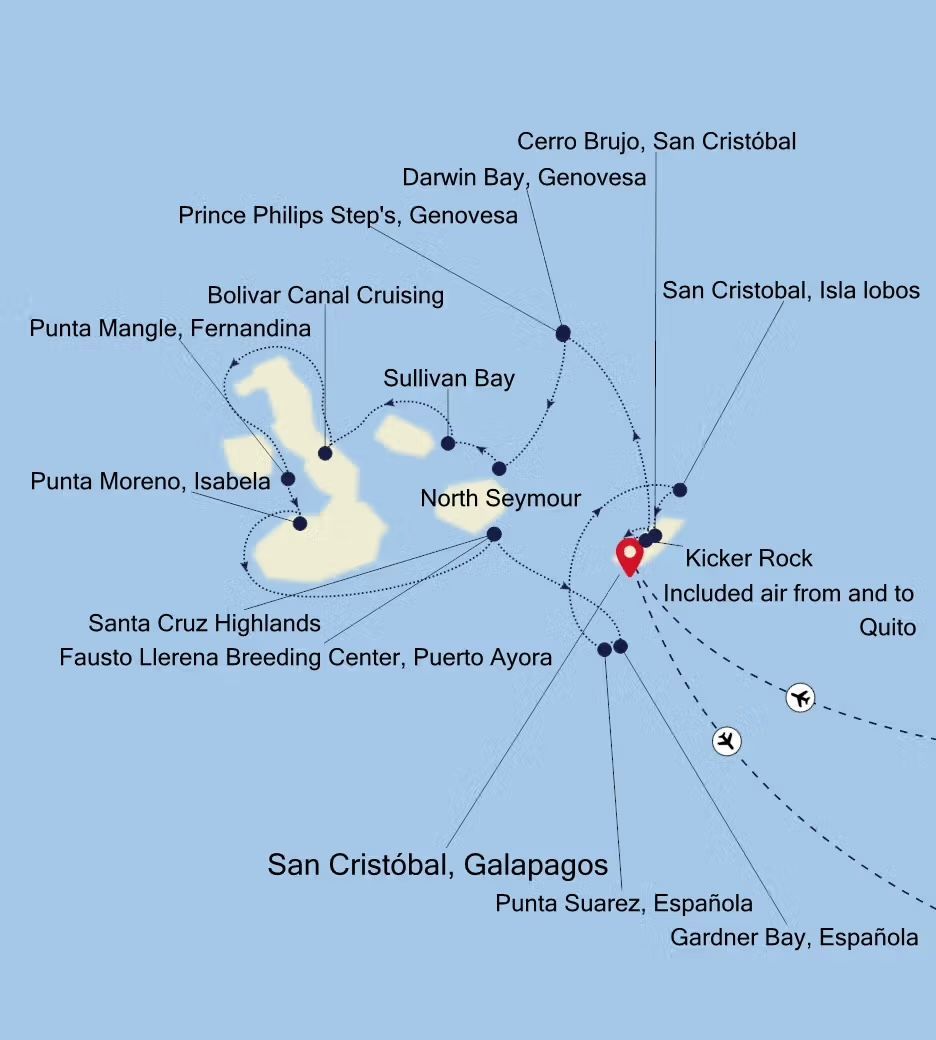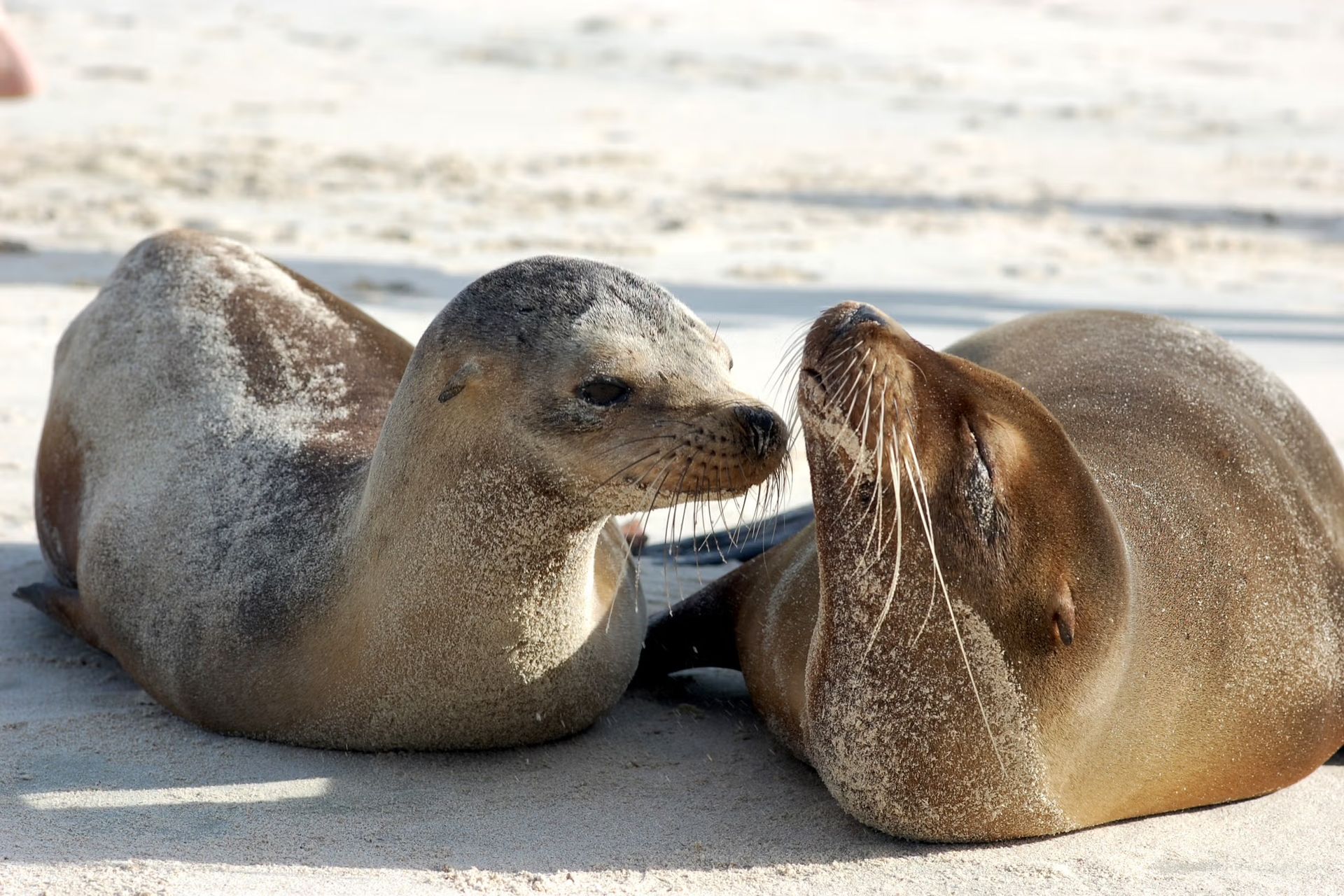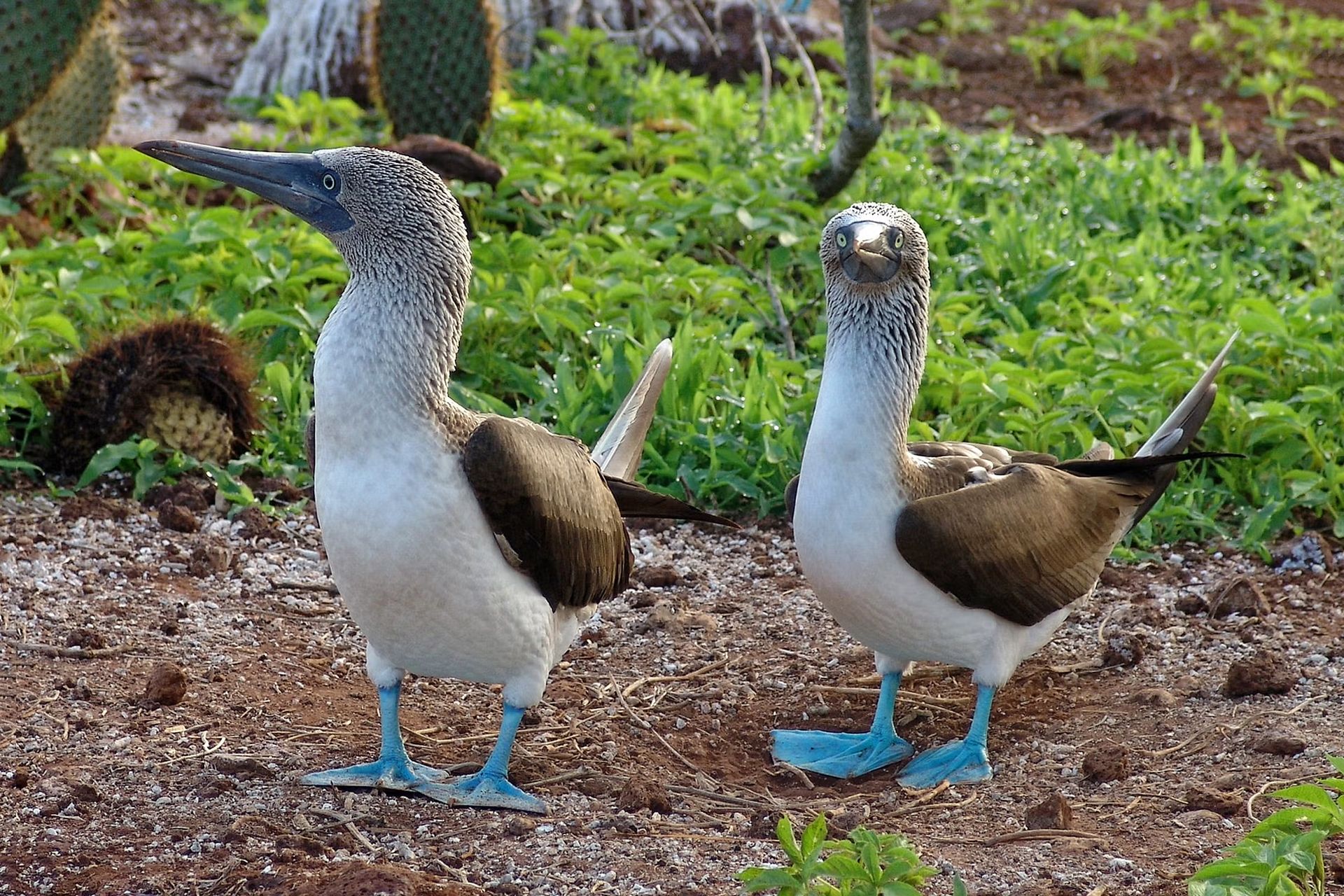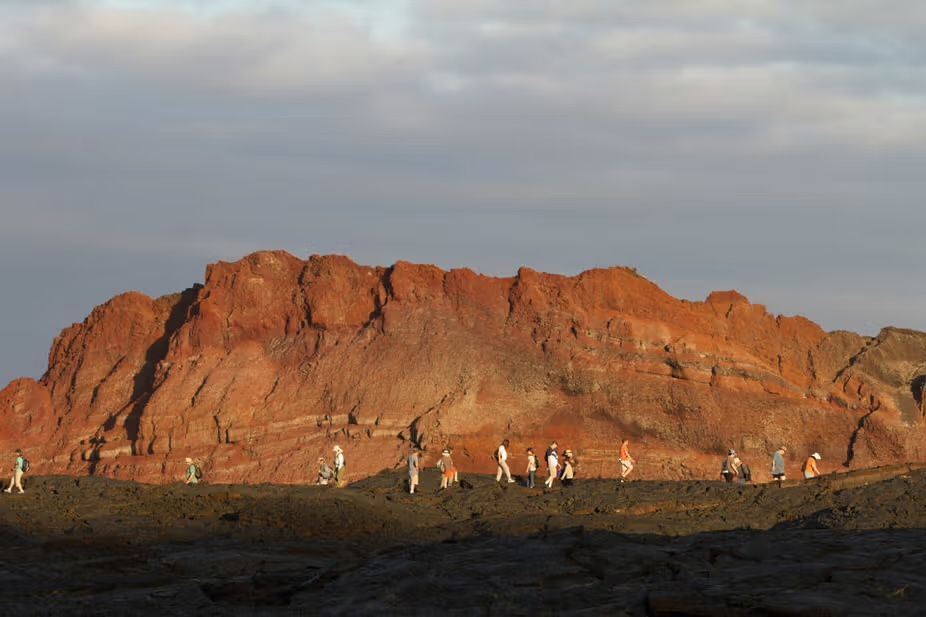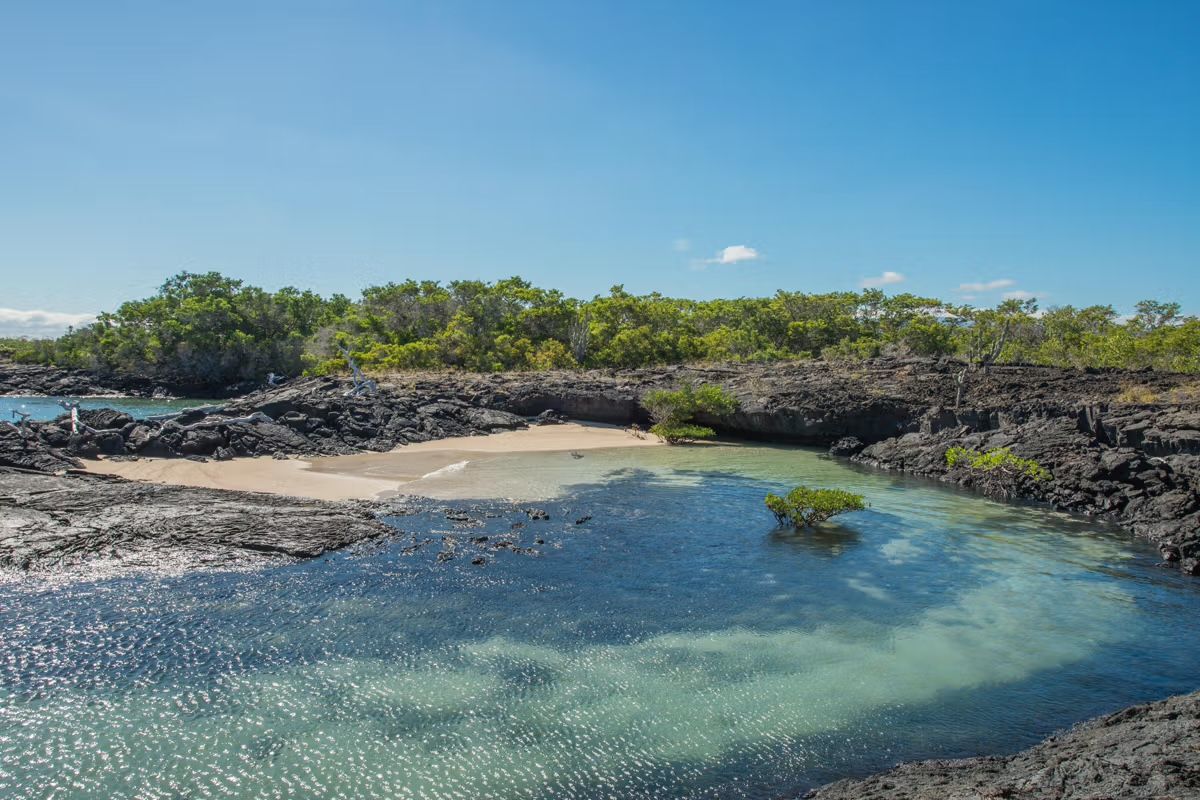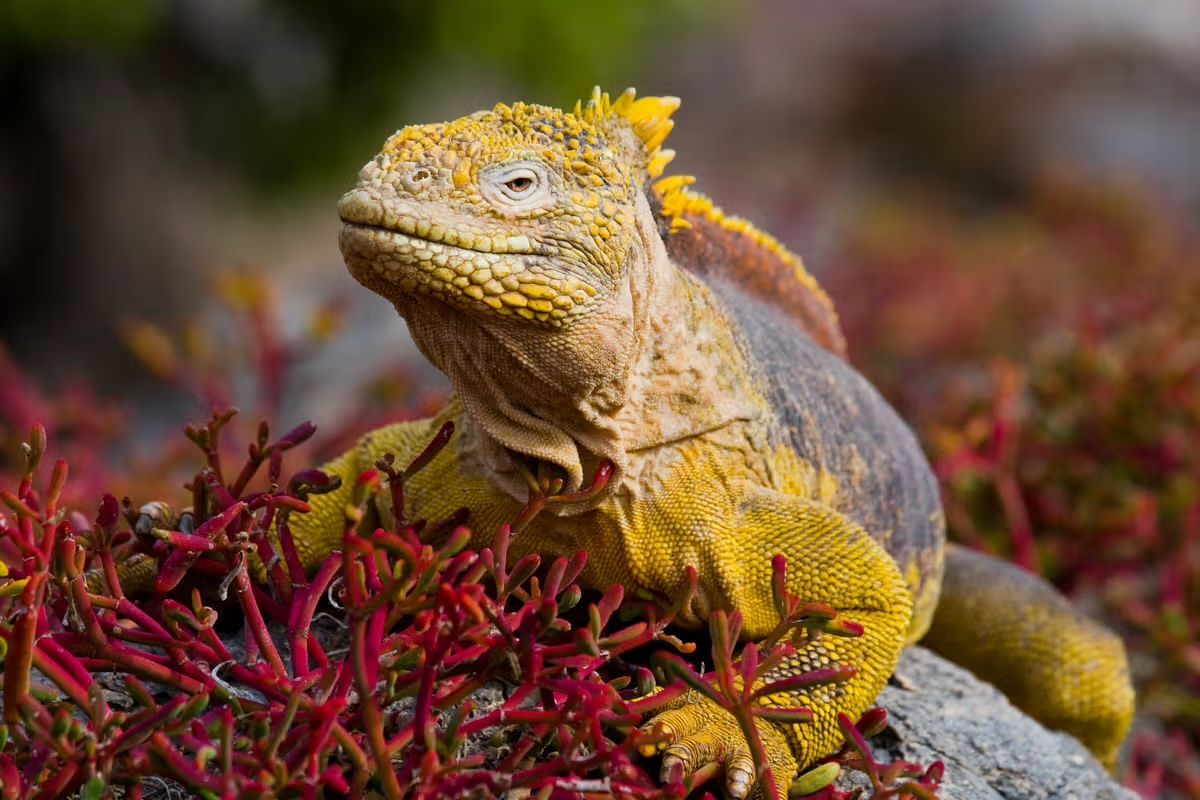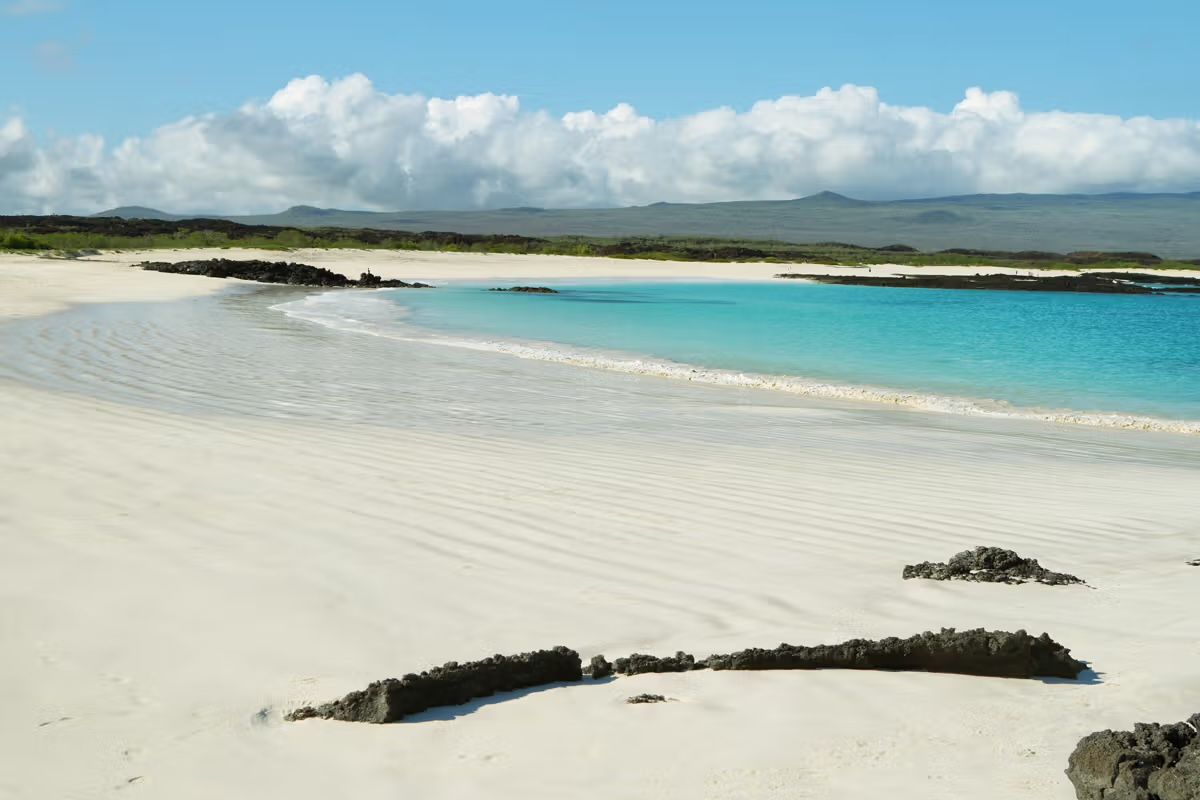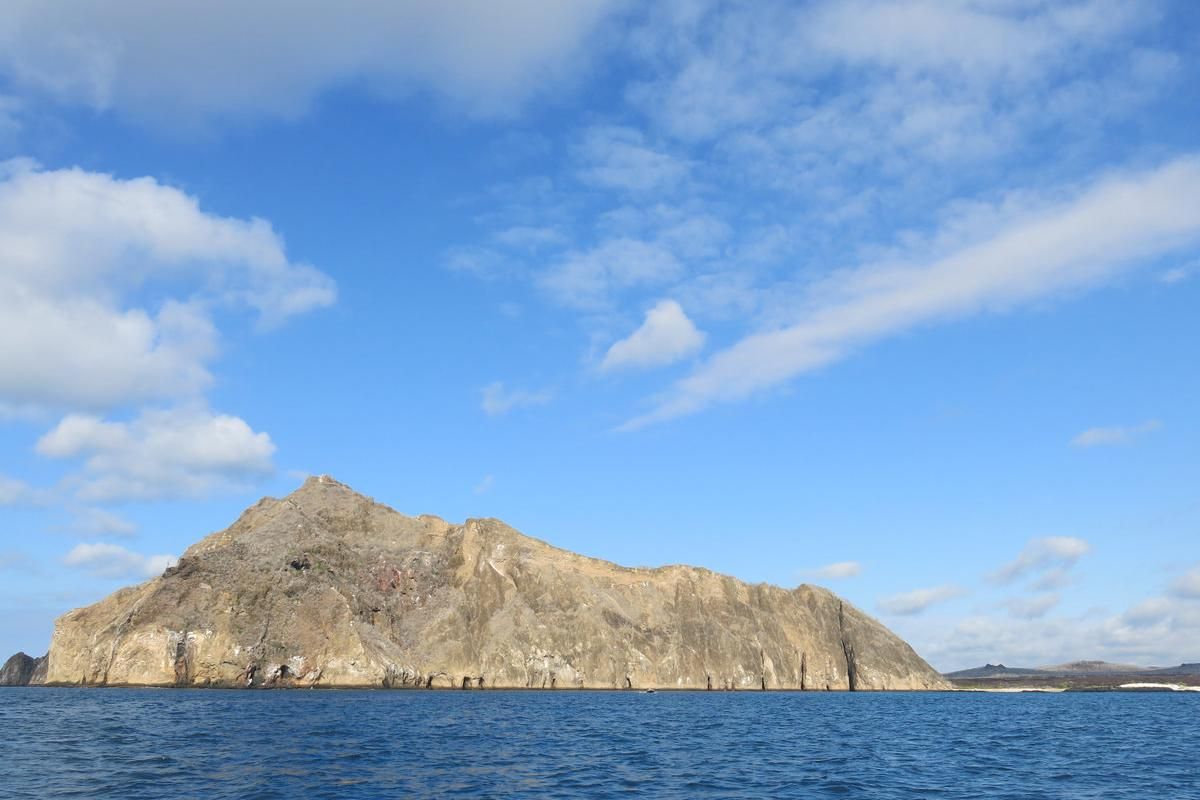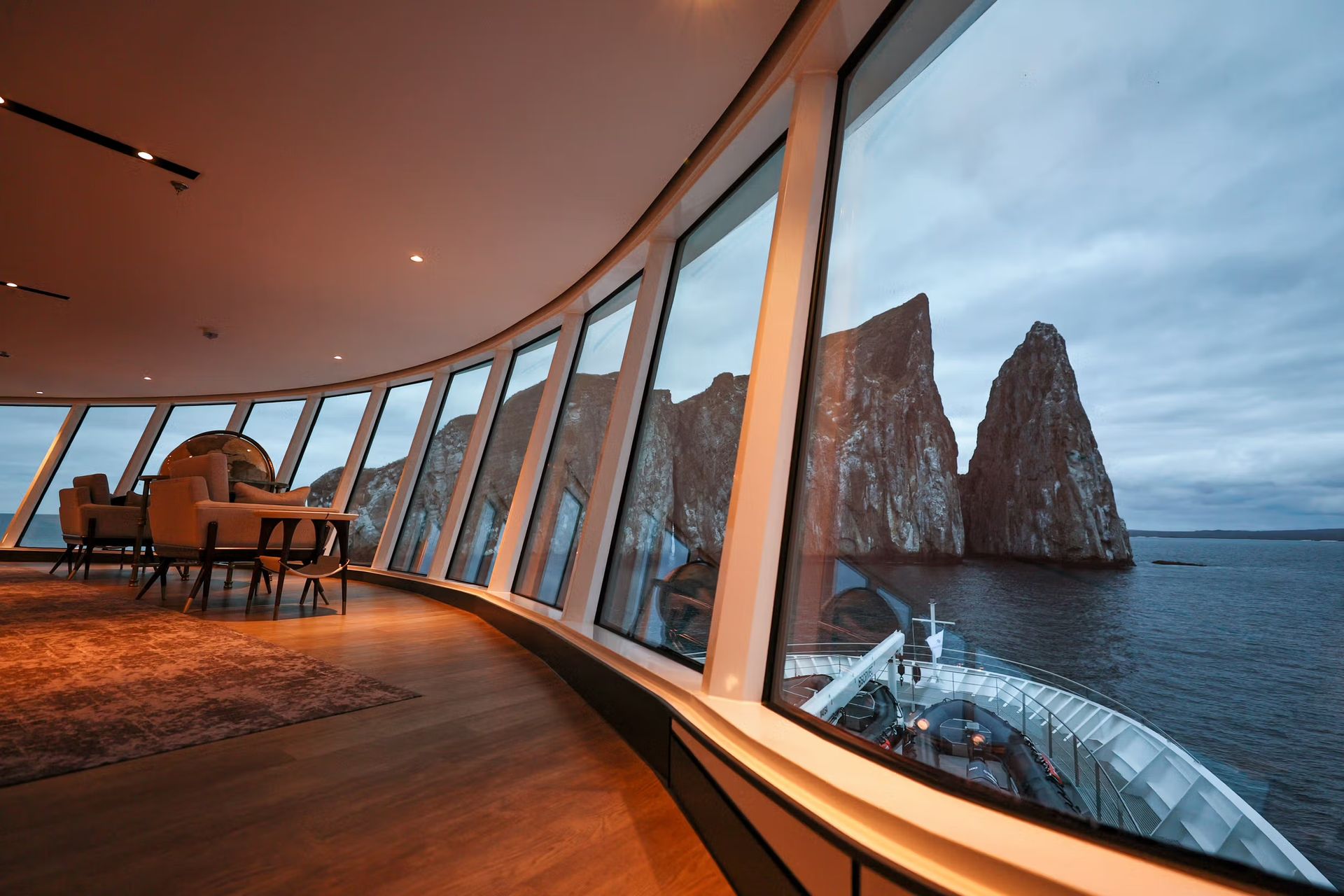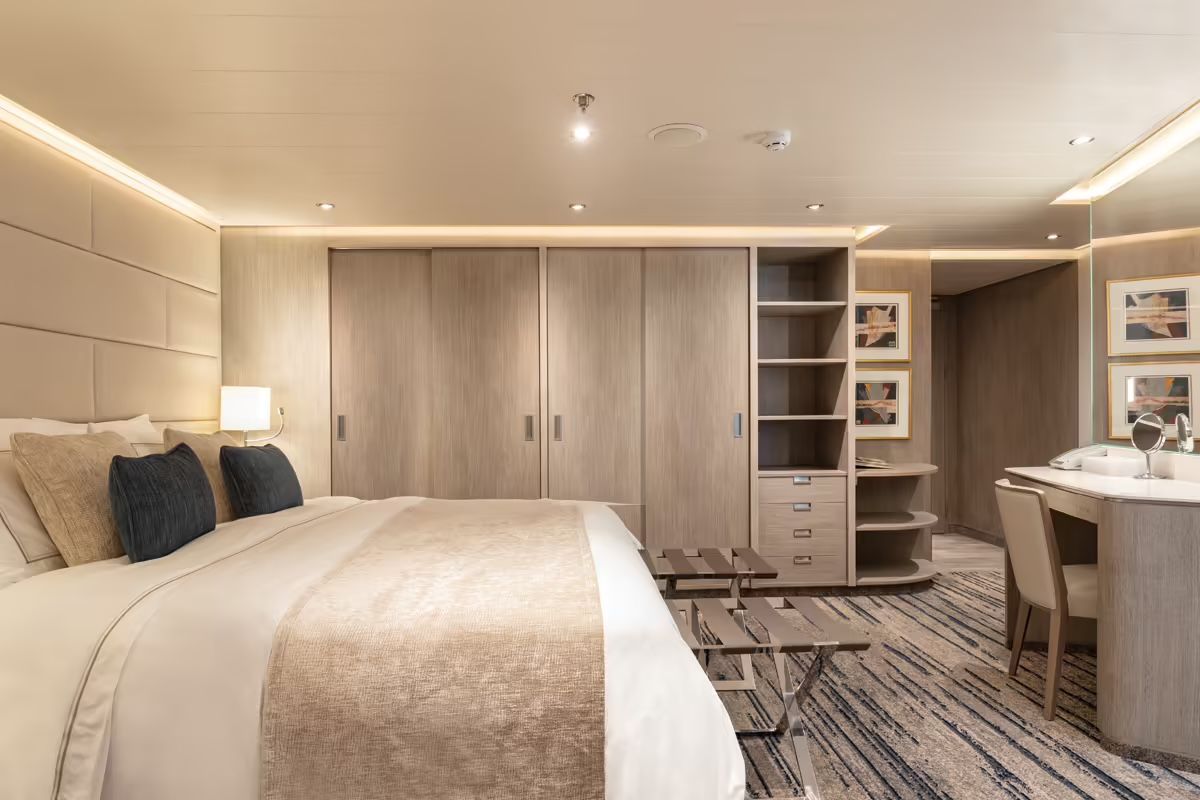Galápagos
Islands
8 Days
San Cristóbal to San Cristóbal
Expedition Cruise
Countries
Ecuador

Overview
If you’re looking to discover a unique and preserved place, then this is the cruise for you! Join us aboard Silver Origin for an incredible adventure across the Galápagos Islands. Immerse yourself in the archipelago’s wilderness as you hike in impressive volcanic scenery, snorkel in sapphire waters with playful sea lions, and interact with friendly wildlife. You’ll see that the islands are full of treasures on land, in the air, and underwater.
All-Inclusive Onboard Benefits
Enjoy the 24-hour gourmet dining, butler service, superb entertainment, and premium beverages that Silversea is known for.
Staff & Services
- Butler service for every suite
- Personalized service — nearly one crew member for every guest
- 24-hour in-suite dining
- Complementary city center transportation when required by the destination
- Port taxes and fees
Leisure on Board
- Choice of restaurants, diverse cuisine, open-seating dining
- Coffee, specialty coffees, and fine teas
- Beverages in-suite and throughout the ship, including selected wines and spirits
- Enrichment lectures and onboard entertainment
- Unlimited access to fitness center, spa's sauna, steam room, and relaxation areas (according to opening hours)
Utilities & Amenities
- Complimentary Wi-Fi
- Onboard gratuities
Itinerary
Silver Origin
The first destination-specific ship built by Silversea, Silver Origin, is the height of experiential travel in the Galápagos. Never before have the islands been so superbly presented: a team of Ecuadorian national expert guides, the highest crew-to-guest ratio in the Galápagos, eight Zodiacs, and seamless hybrid spaces that offer an extraordinary voyage for extraordinary people. All-suite accommodation, Horizon Balconies, butler service, sophisticated interiors, interactive basecamp, Ecuadorian-inspired cuisine … no aspect of Silver Origin has been left to chance. The most environmentally conscious ship we have ever built—take a vertical leap and transform your idea of travel with Silver Origin.
Pre & Post Cruise Extensions
Love this cruise?
Have Viking Travel book your next getaway!


